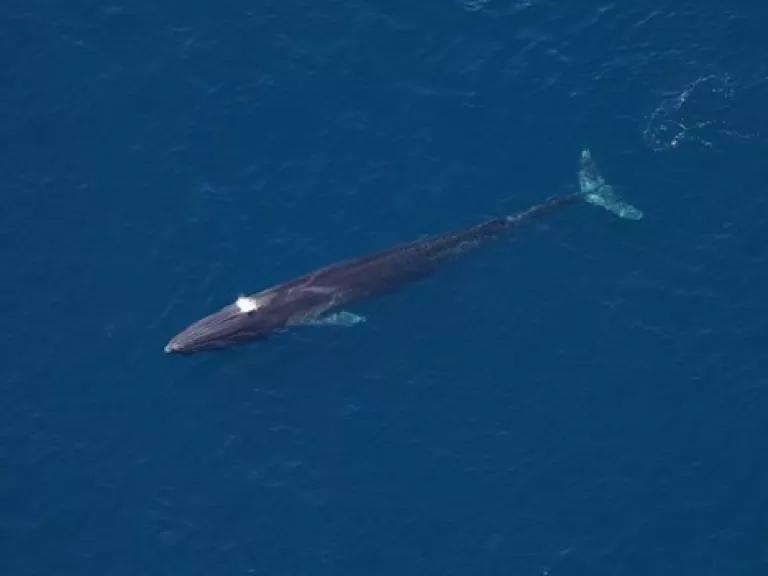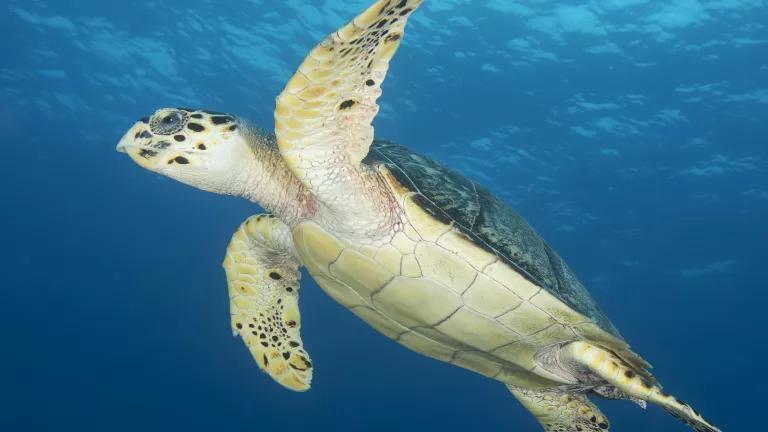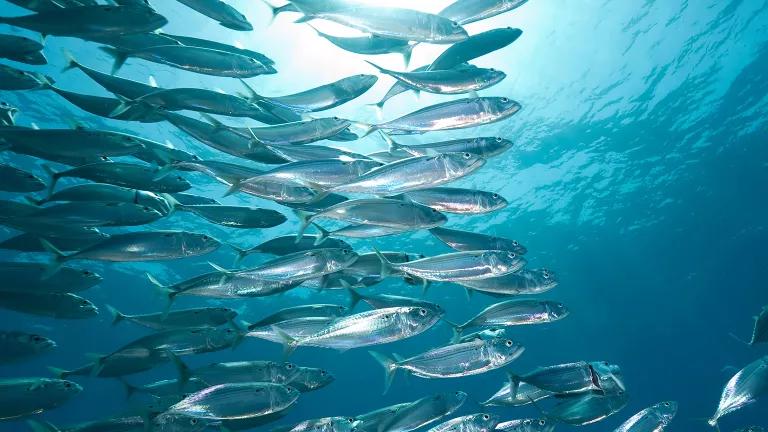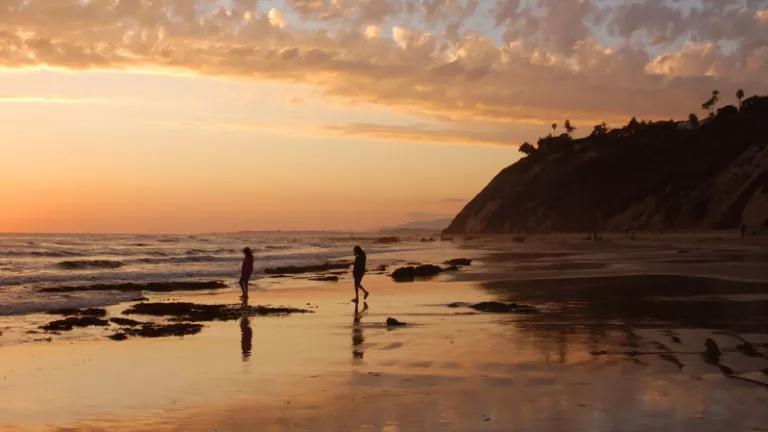Canyons and Seamounts Marine Monument—Summer 2024 Update
A lot has happened in New England's Marine Monument, and more is just around the corner!

Deepwater corals on the western wall of the Monument’s Oceanographer Canyon
NOAA OKEANOS Explorer Program, 2013 Northeast U.S. Canyons Expedition
The first half of 2024 was an eventful one for the Northeast Canyons and Seamounts Marine National Monument, a hotspot of ocean biodiversity about 130 miles off Cape Cod that is home to vibrant deep sea corals, rare whales and seabirds, and an abundance fish life (I wrote about the Monument most recently here and here). And the excitement is not over yet—at the end of the blog, I highlight two scientific expeditions to the Monument that are about to launch.
Here’s what has happened in 2024 to date (in chronological order):
On February 16, 2024, the National Oceanic and Atmospheric Administration (NOAA) published final regulations that formally codified the commercial fishing prohibition that scientists believe is one of the most critical protective measures included in the proclamations creating the Monument. A peer-reviewed study published in January 2022 found no evidence that the commercial fishing measure has harmed the commercial fishing industry. In other words, the Monument is not only preserving biodiversity and enhancing climate resilience but is doing so cost-effectively.
Next up is my one piece of bad news: On March 18th, another lawsuit was filed challenging the creation of the Monument as well as the very legal authority of U.S. presidents to create marine monuments at all. The case was filed by two commercial fishermen who are being represented by the Pacific Legal Foundation (PLF), one of the legal groups around the country committed to aggressively fighting government efforts to protect the environment and public health. Aside from the addition of a claim challenging the fishing regulations discussed above, the legal claims in this latest lawsuit are very similar to those in 2022 and 2017 Monument challenges, also litigated by PLF, that were ultimately dismissed. NRDC and its litigation partners—Conservation Law Foundation, Center for Biological Diversity, and a whale-watch naturalist in Maine—have filed to intervene in the case to defend the Monument and presidential authority to create marine monuments.
- On June 4th, the Monument—the largest ocean area off the continental U.S. that is protected from all commercial extractive activities—received its first management plan. This plan, which was jointly developed by the U.S. Fish and Wildlife Service and NOAA with substantial public input, is an important step for ensuring the proper care and management of monument resources. The plan sets out activities and procedures intended (1) to help effectively manage the Monument, such as monitoring and enforcement of monument protections; (2) to guide and drive forward scientific research that will deepen our understanding of the biodiversity and other attributes that make the Monument so special; and (3) to encourage and manage public engagement and partnerships that serve as the Monument’s critical community of support. If you’re interested in learning more details about exactly what makes this marine wilderness so special, the management plan and its accompanying environmental assessment also serve as a handy one-stop shop for this. The Biden administration as well as the agency staff who worked hard to run an inclusive public involvement process and to complete these documents in a timely fashion should be congratulated for a job well done.
- Finally, the most recent aerial overflight of the Monument, on June 11th, was a stunner. Scientists from the New England Aquarium recorded 18 bottlenose dolphins, 768 common dolphins, one Cuvier’s beaked whale,14 fin whales (see a photo of one of these whales below), two humpback whales, 46 Risso’s dolphins, four sei whales, four sperm whales, and nine True’s beaked whales—all in just six hours. They also observed six basking sharks, four blue sharks, and 163 ocean sunfish. Even for the Monument, this was a particularly notable display of wildlife diversity and abundance. The New England Aquarium has posted blogs on this and previous surveys here.

Fin whale in the Monument on June 11, 2024
New England Aquarium
Looking forward, a couple of scientific expeditions to the Monument are about to get underway. The first expedition is planned to kick off at the end of this week. On the 19th, Mystic Aquarium, an interdisciplinary team of scientists, led by the Mystic Aquarium’s Dr. Peter Auster, will take to the water to undertake a series of studies over 10 days (assuming the weather cooperates) in all seven major features of the monument (three submarine canyons and four seamounts). And it won’t be strictly science: there are also several planned special live events with visiting officials as well as daily blogs and videos. Once the trip is underway, the Mystic Aquarium website will have more information on the expedition as well as information and video relayed from sea daily.
The second expedition, led by NOAA, involves a stop in the Monument on July 18 and 19 as part of a longer deep sea coral cruise. The expedition will be using the remotely operated underwater vehicle ROV ROPOS. NOAA intends to provide updates and highlights from the trip on the NOAA Fisheries website, https://www.fisheries.noaa.gov/, and may also have a livestream from the vessel.
Join me in wishing bon voyage to both teams!



